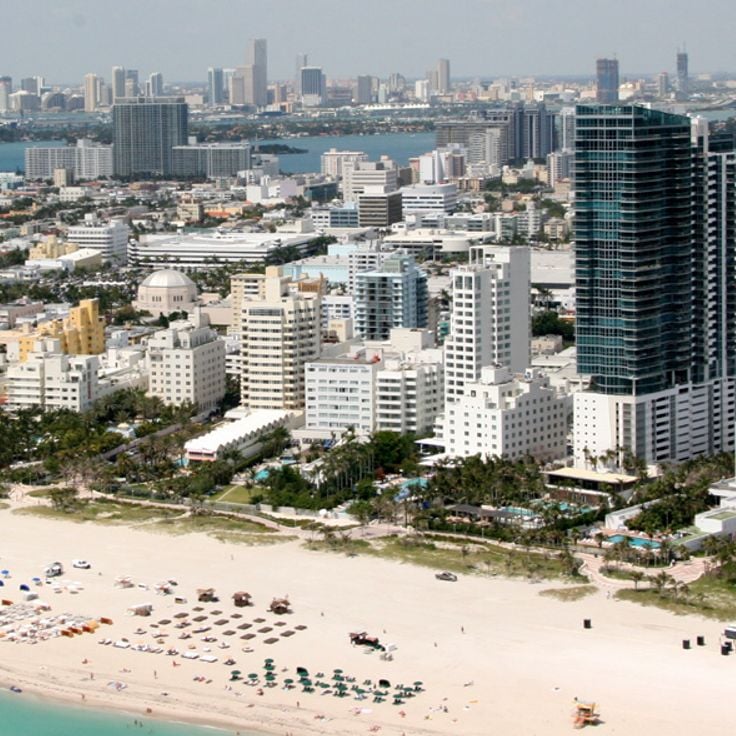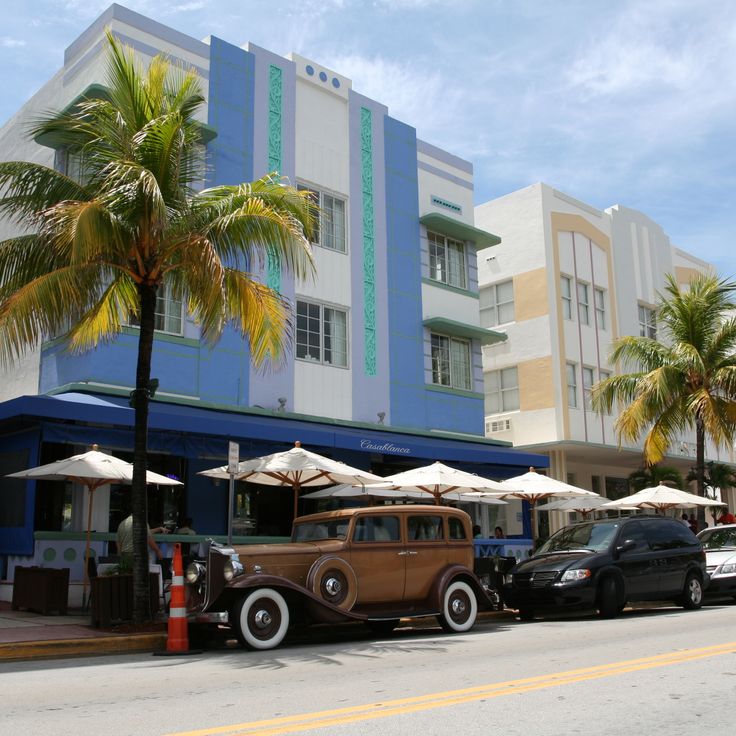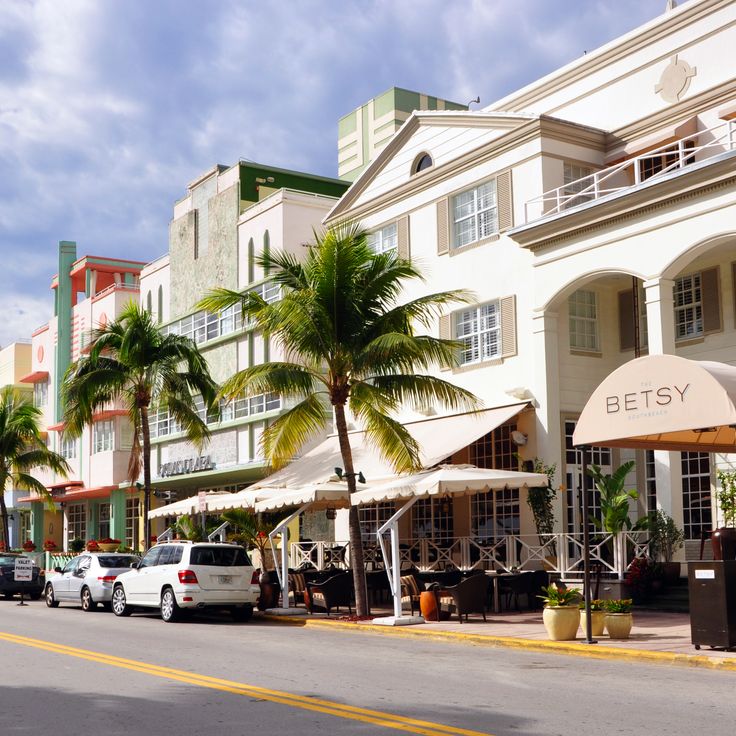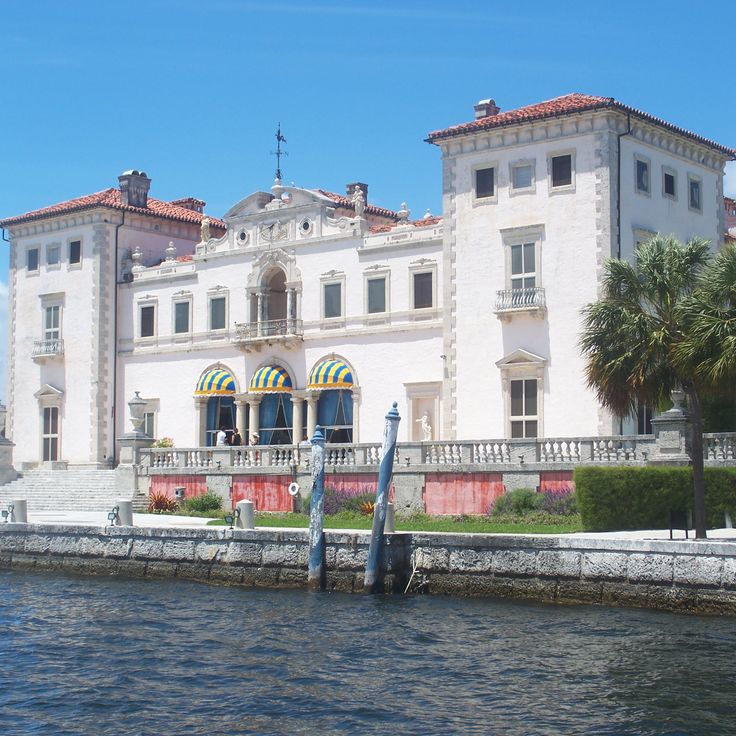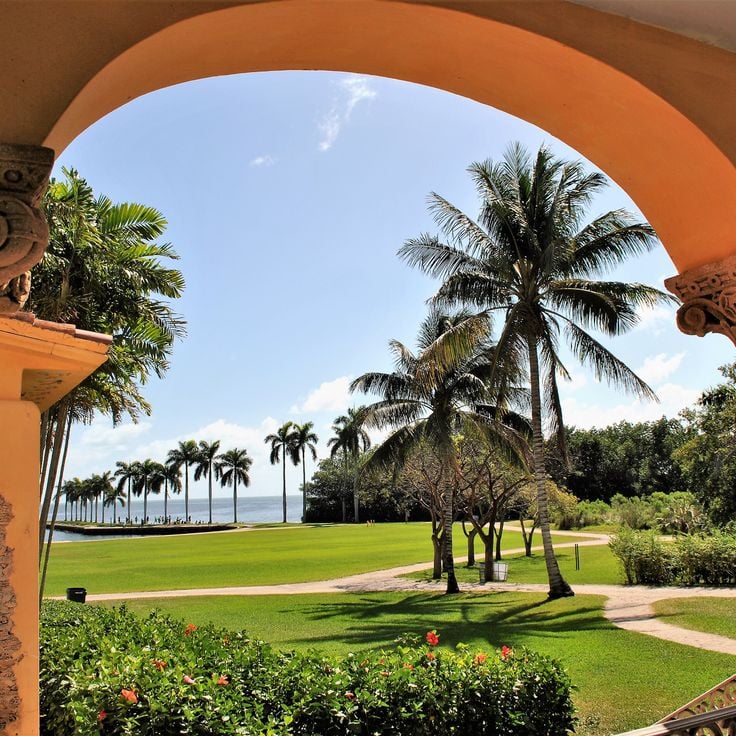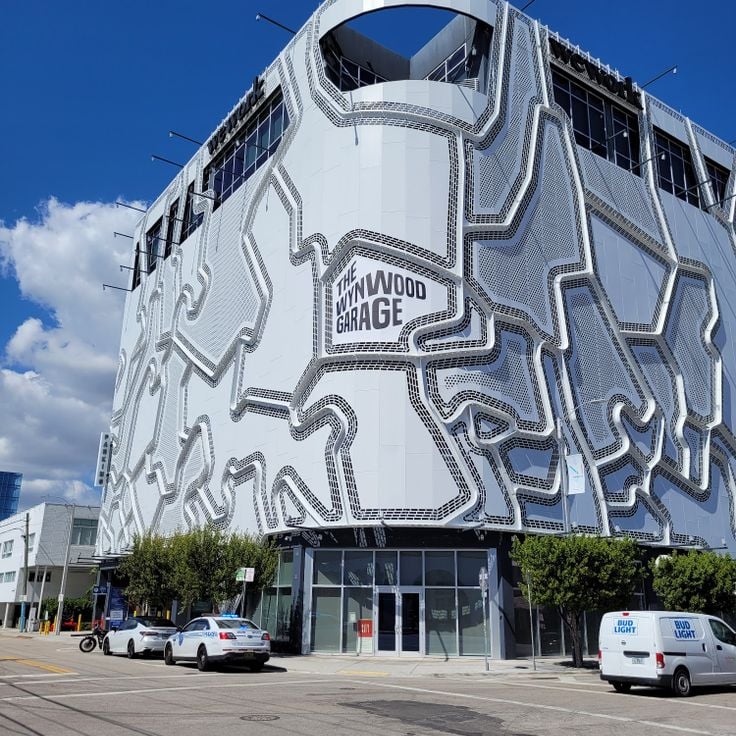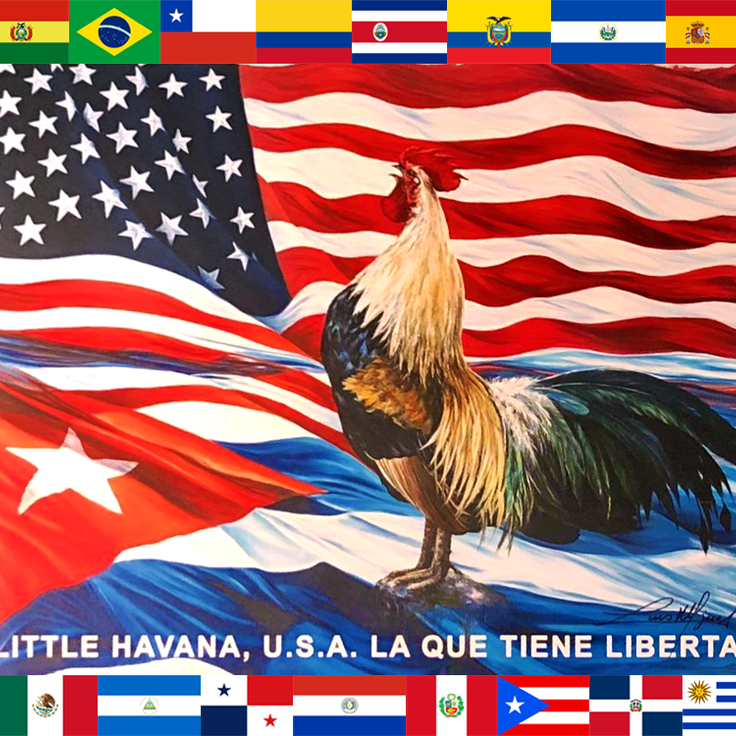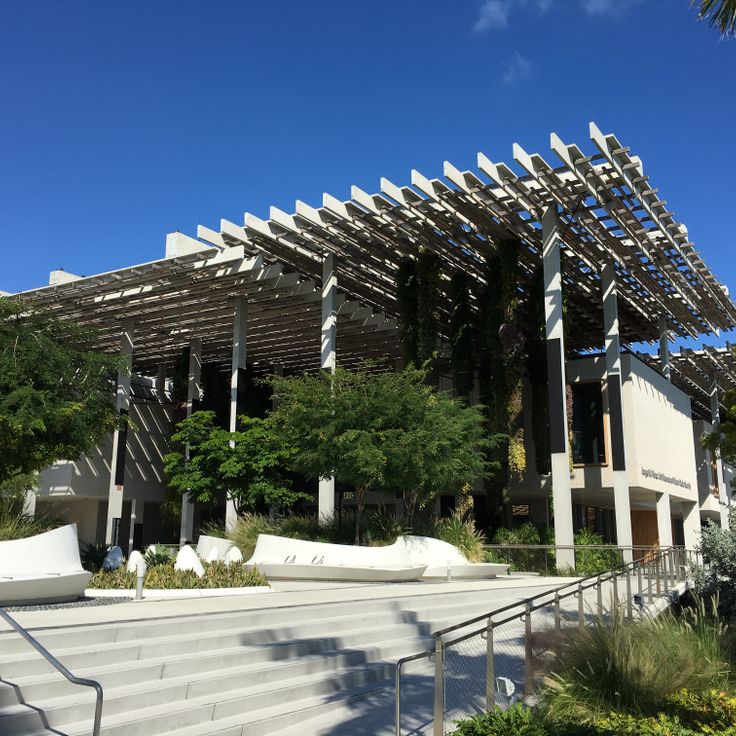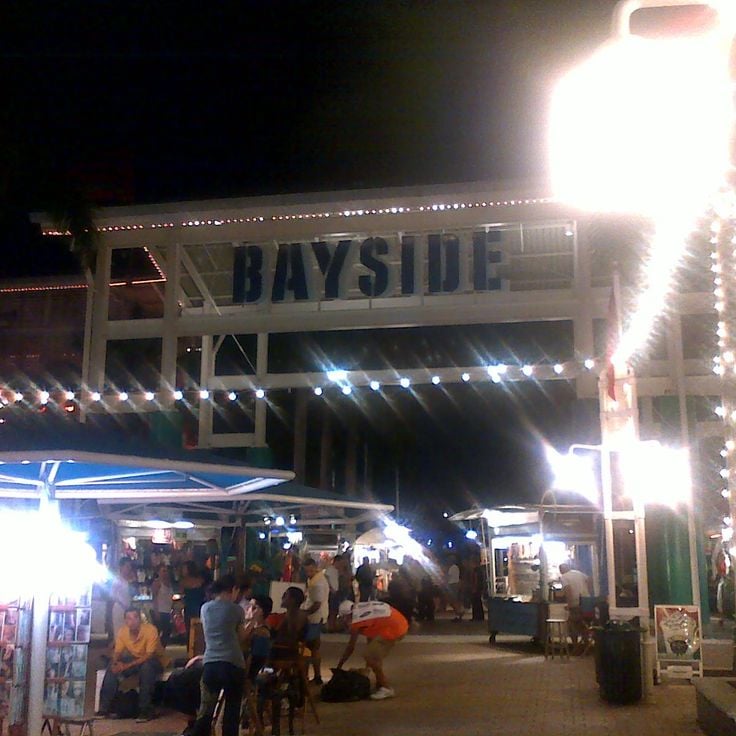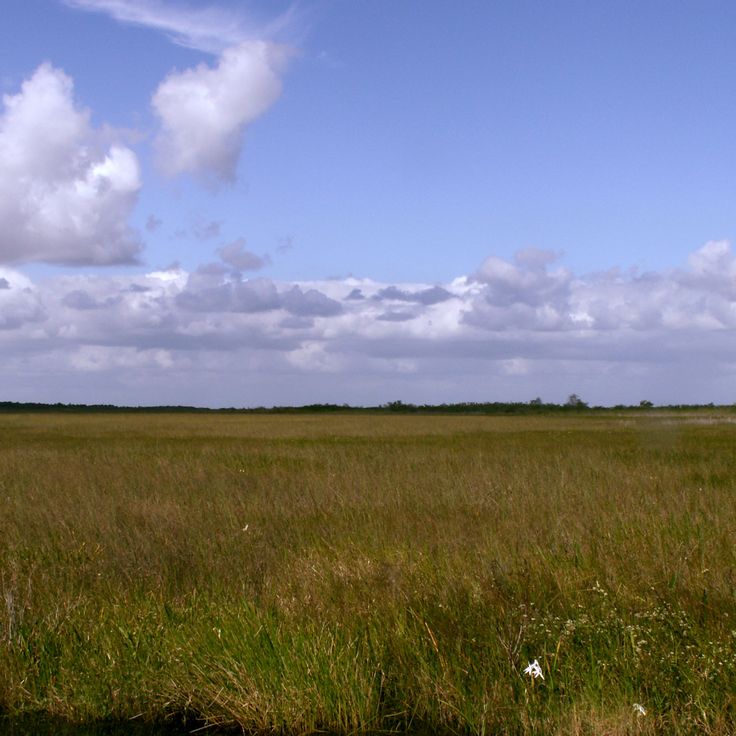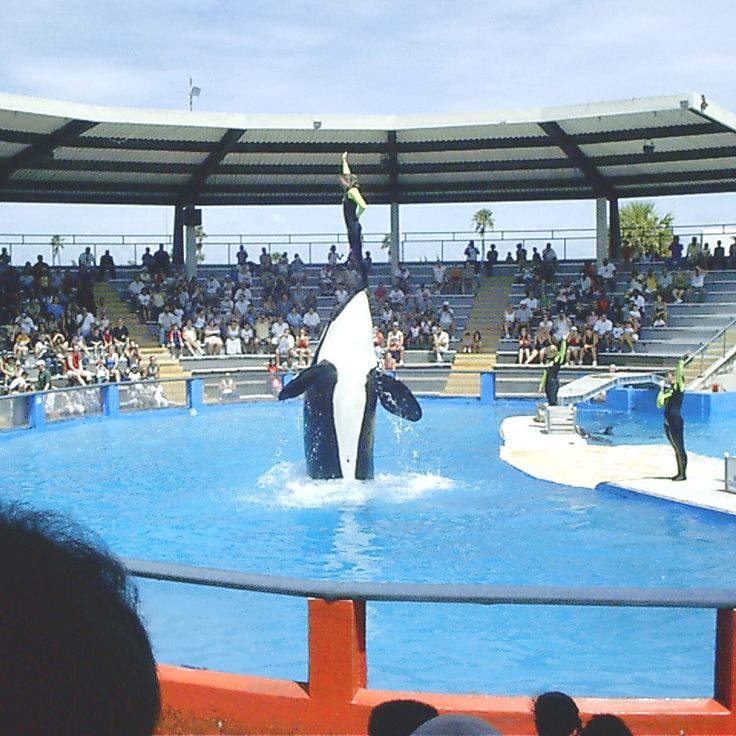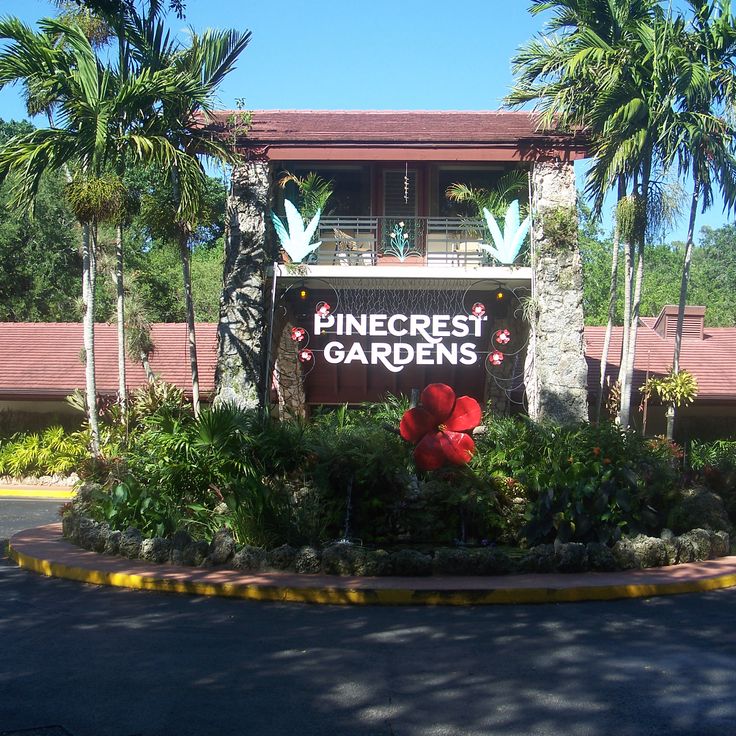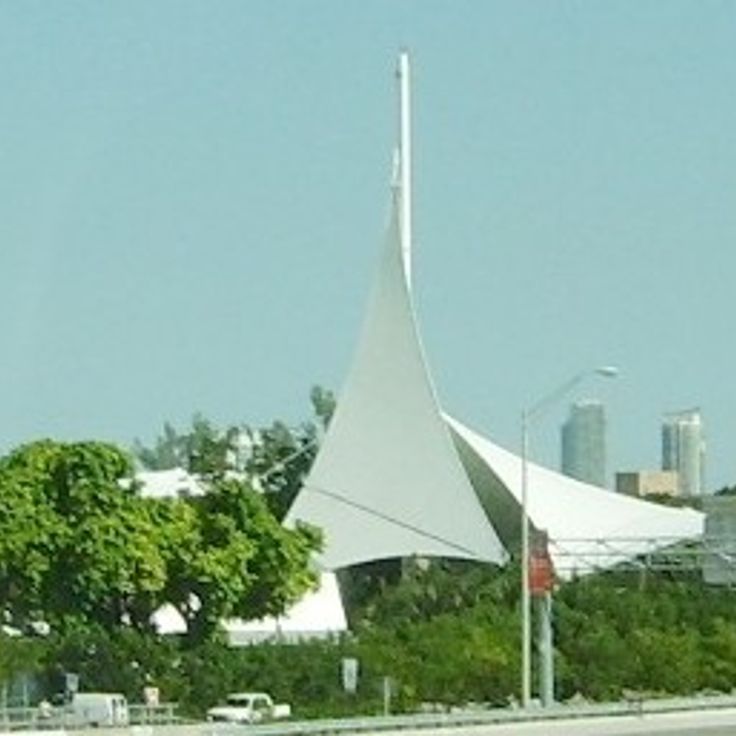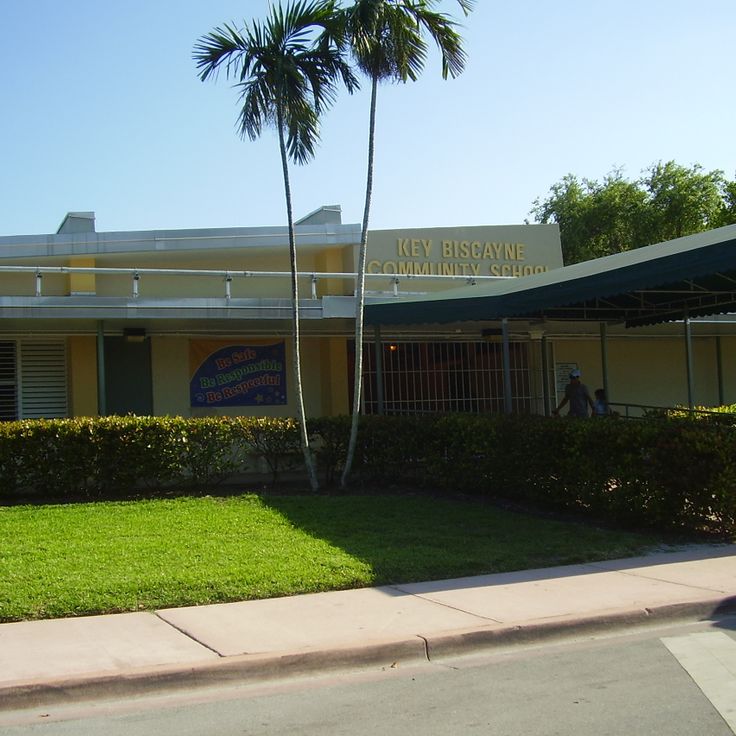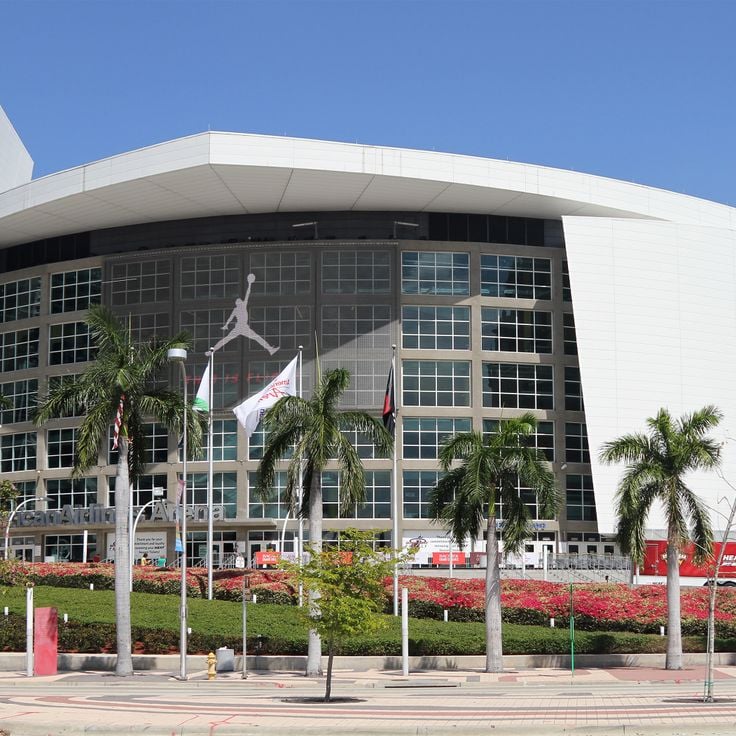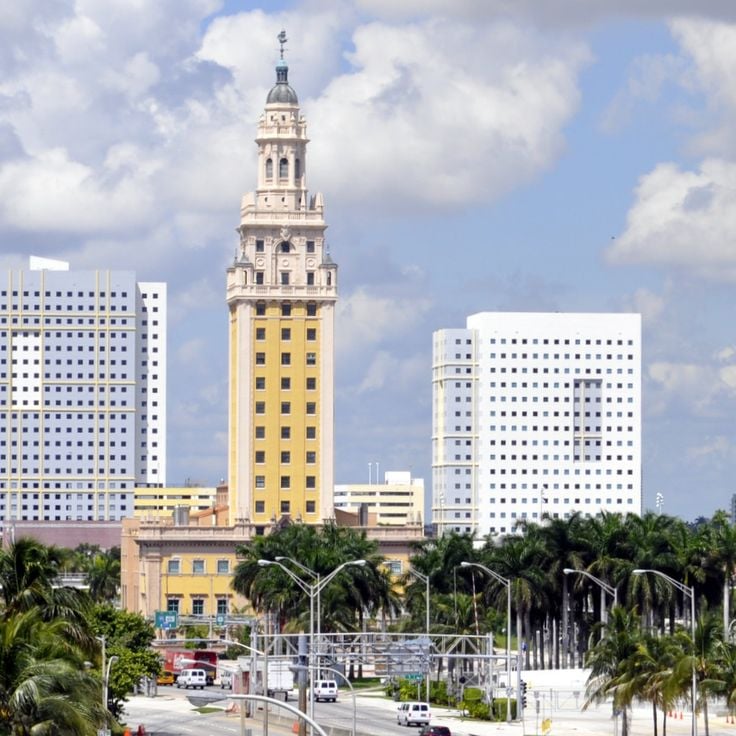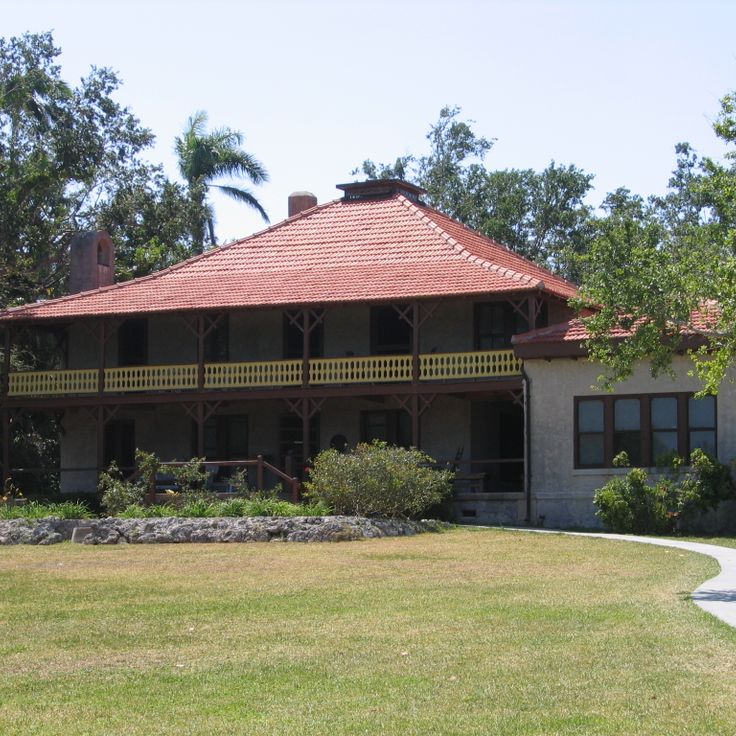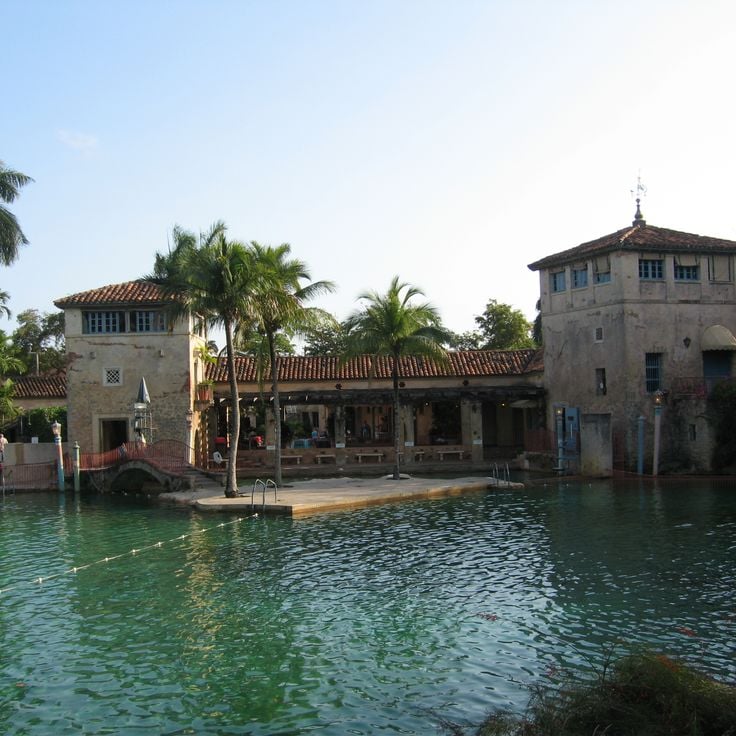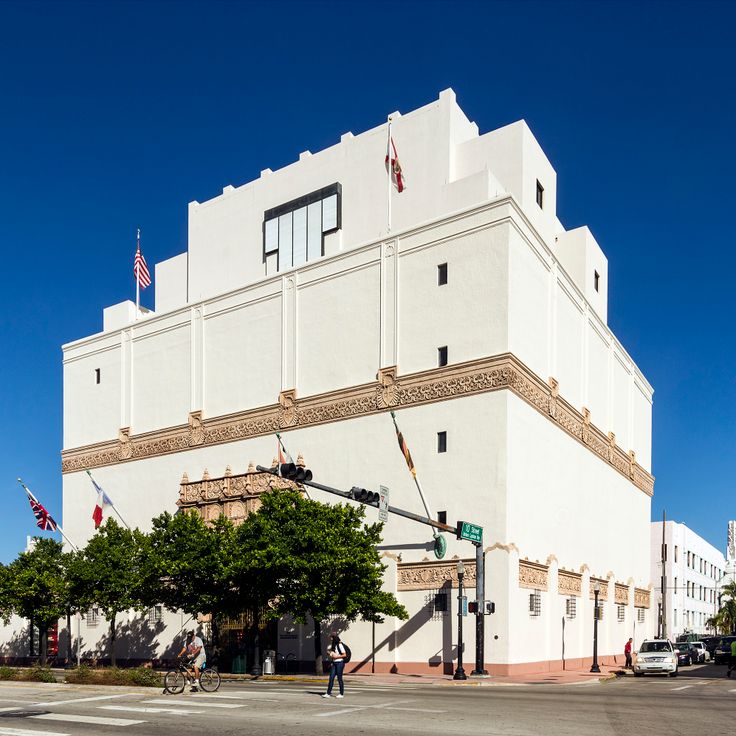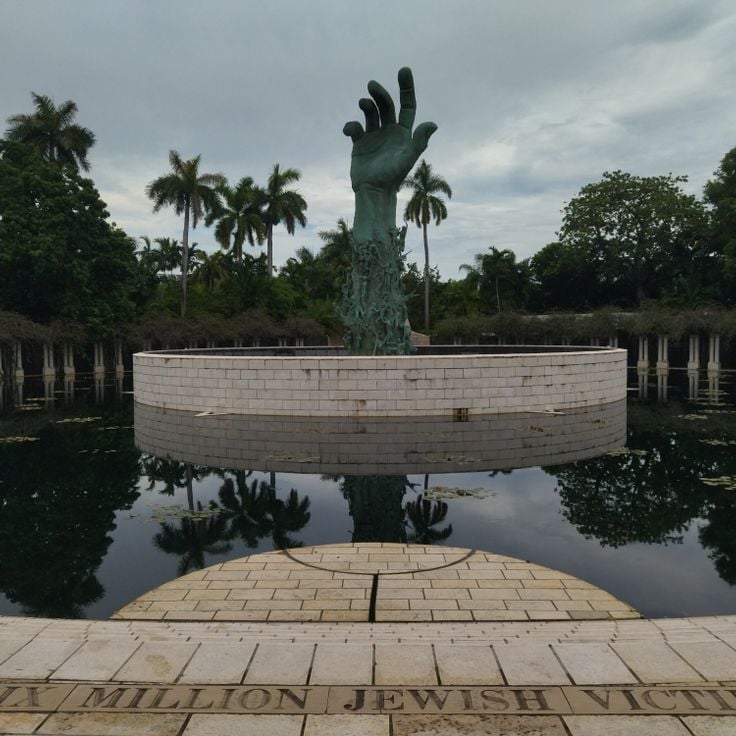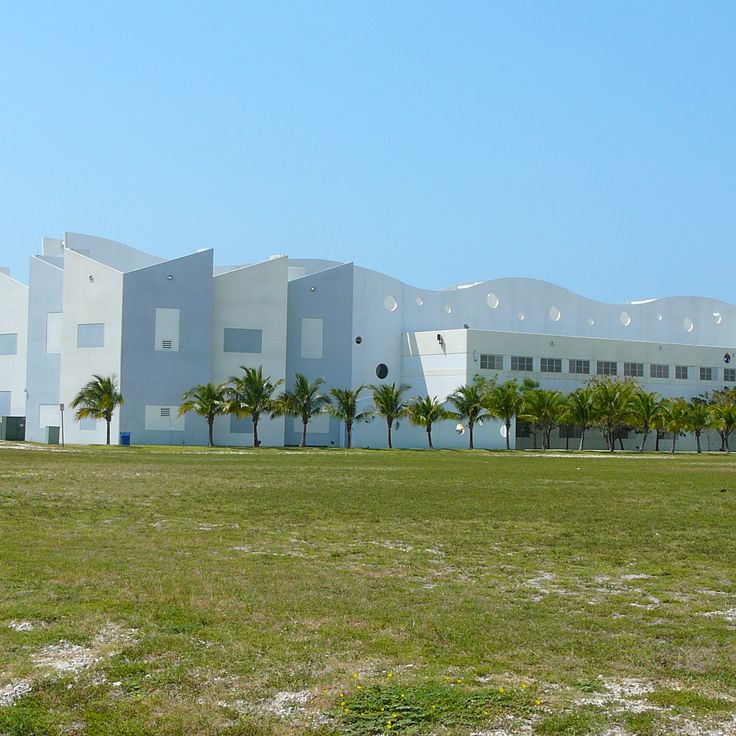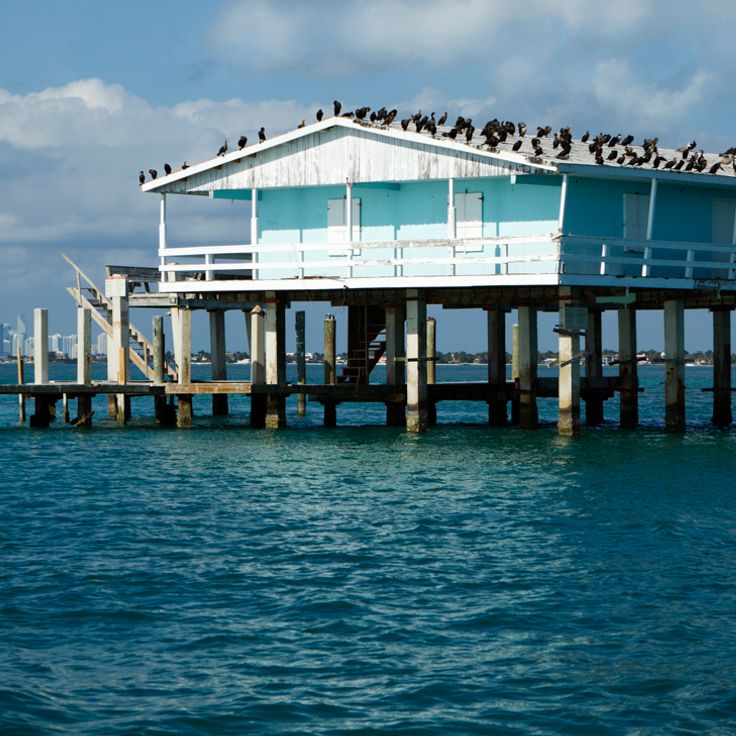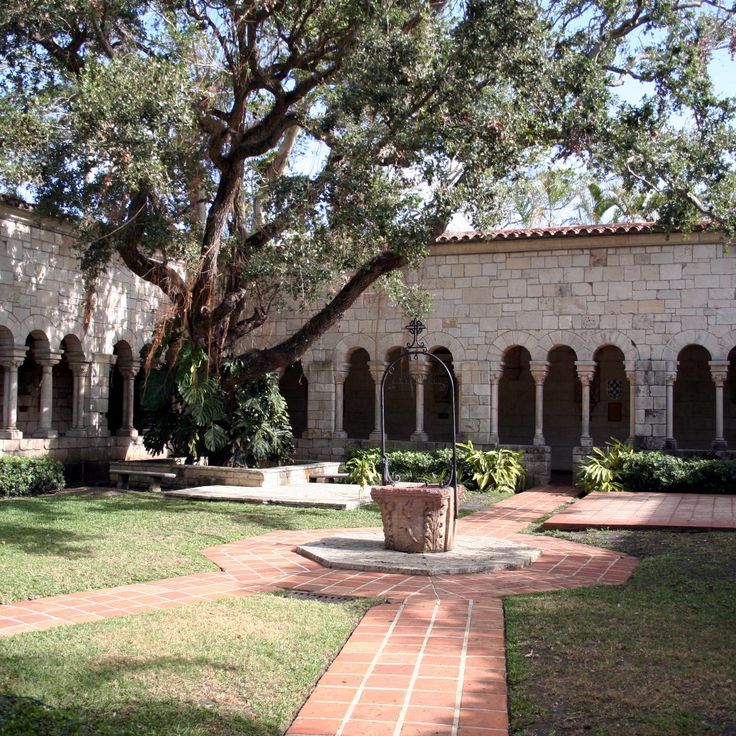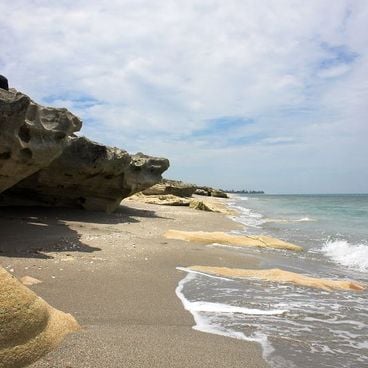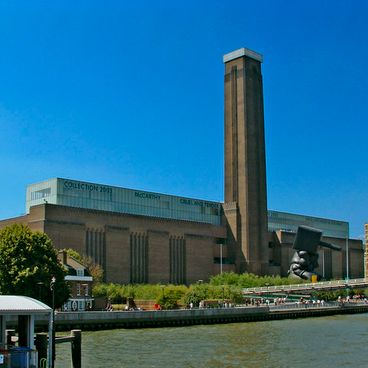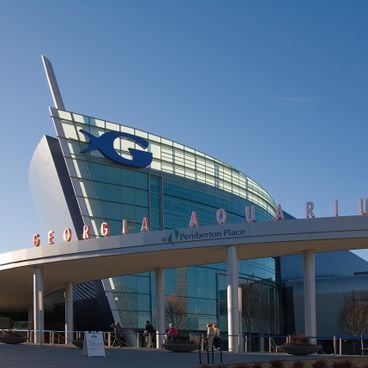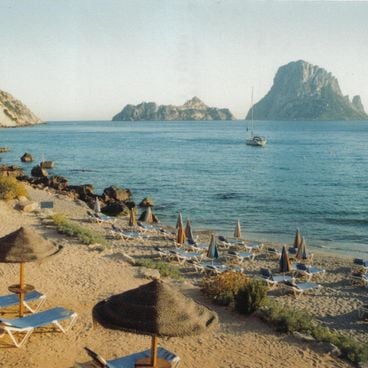Miami, a major city on Florida's southeastern coast, combines Caribbean influences with American culture. The city extends from the Atlantic Ocean to the Everglades and includes diverse neighborhoods with distinct identities. Miami Beach, South Beach, and the Art Deco Historic District shape the coastal landscape, while Little Havana reflects the city's Cuban heritage. Cultural offerings range from the Pérez Art Museum Miami to Vizcaya Museum and Gardens and the Wolfsonian-FIU. Wynwood Walls has become a center for street art. Natural areas like Everglades National Park, Oleta River State Park, and Crandon Park provide access to subtropical ecosystems. Key Biscayne, Coral Gables with Venetian Pool, and Coconut Grove complement the metropolitan area. Additional facilities include Miami Seaquarium, Zoo Miami, Jungle Island, and Miami Children's Museum. Historic sites such as Freedom Tower, Barnacle Historic State Park, and Ancient Spanish Monastery document different eras. Bayside Marketplace serves as a shopping and entertainment center, while Coral Castle and Stiltsville represent architectural curiosities.
This eight-mile (thirteen-kilometer) coastal strip offers swimming areas, volleyball courts, chairs, and umbrellas for visitors. Miami Beach stretches along the Atlantic coast and combines seaside recreation with the city's cultural life. The beach serves as a central meeting point for both locals and guests from around the world who wish to enjoy the warm climate of South Florida. The wide expanse of sand invites sunbathing, while the calm waters are suitable for swimming.
This historic district encompasses about 800 buildings from the 1920s and 1930s that display the style of the Art Deco movement with geometric patterns, pastel colors, and decorative elements. The structures along Ocean Drive and Collins Avenue represent one of the largest collections of Art Deco architecture in the United States. The Quartier historique Art Déco provides insight into Miami's architectural development during the interwar period and presents typical features such as stepped facades, rounded corners, and nautical motifs that define the character of Miami Beach.
South Beach features sandy beaches along the Atlantic Ocean with a 1.2-mile (2-kilometer) beachfront promenade that includes shops, restaurants, and entertainment facilities. This Miami Beach neighborhood combines beach activities with urban living and sits directly on the coast.
This historic estate from the early 20th century was built by industrialist James Deering and combines Italian Renaissance architecture with subtropical landscaping. The museum displays artwork and furnishings collected from Europe over several centuries. The formal gardens extend across 10 acres (about 4 hectares) along Biscayne Bay and include sculptures, fountains, and pavilions that recreate Mediterranean and French garden traditions. The estate serves as an example of Florida's Gilded Age and offers insights into its builder's art collection and architectural vision.
The Domaine Deering is a 1920s estate featuring a mansion with Mediterranean architecture. The property includes a nature preserve with native vegetation and archaeological sites of the Tequesta, an indigenous people who inhabited this region before European settlement. This estate combines architectural heritage with natural surroundings and provides insight into the history of the Miami area and the cultures that shaped it.
Wynwood Walls is an artistic complex featuring contemporary graffiti and murals by international artists across 97,000 square feet (9,000 square meters). This venue transforms urban exterior walls into a public gallery, displaying diverse styles of street art from around the world. The rotating works on these walls reflect Miami's artistic diversity and make this location an important part of the city's cultural development. Visitors can walk through the outdoor spaces and view the large-scale compositions that are regularly refreshed.
This historic neighborhood showcases Cuban culture through its restaurants serving authentic cuisine, music shops, sidewalk cafés, and art galleries. Little Havana has been a center of Miami's Cuban community for decades, offering visitors the opportunity to experience traditional Cuban life. The district features hand-rolled cigar shops, domino parks, and an active street scene that reflects Caribbean traditions. Cultural festivals and events throughout the year celebrate the heritage of the Cuban immigrant community.
The Pérez Art Museum holds a collection of international works from the 20th and 21st centuries, featuring modern and contemporary art from various regions. Located in a modern building overlooking Biscayne Bay, the museum offers rotating exhibitions that present different artistic movements and cultural perspectives. The building's architecture, with its vertical gardens, complements the waterfront location and provides a space for viewing artworks from Africa, Asia, Europe, and the Americas.
This waterfront shopping and entertainment complex spans two floors and houses 150 stores and restaurants. Visitors can dine, shop, and attend outdoor events at the site. Bayside Marketplace also serves as a departure point for boat tours of Biscayne Bay, offering views of the water and Miami's skyline. The facility combines commercial activity with waterfront access and functions as a gathering place for residents and tourists.
Everglades National Park preserves over 6,000 square miles (9,700 square kilometers) of subtropical wetlands in southern Florida. The preserve shelters American alligators, West Indian manatees, and more than 350 species of birds. The park's extensive mangrove forests form a complex ecosystem where fresh water from Lake Okeechobee flows slowly through sawgrass prairies toward Florida Bay. Visitors can explore the area via elevated boardwalks, paddling trails through mangrove channels, and roads that traverse different habitats. The park also protects endangered species including the Florida panther and loggerhead sea turtle.
Miami Seaquarium is a marine aquarium in Miami featuring daily dolphin and sea lion shows, various aquariums, and underwater observation tunnels. Visitors can observe numerous marine animals, including tropical fish, sharks, sea turtles, and manatees. The facility includes educational programs about marine biology and the conservation of ocean ecosystems. The aquarium is located on Virginia Key and covers an area of 38 acres.
This zoo covers 750 acres (300 hectares) and houses more than 2,000 animals representing 500 different species. The facility presents wildlife from various continents in large habitats designed to replicate natural environments. Visitors can explore sections dedicated to African savannas, Asian forests, and tropical rainforests. The zoo participates in international breeding programs for threatened species and offers educational programs about animal behavior and conservation efforts.
This botanical garden in Pinecrest displays a collection of subtropical plants, including palms, orchids, and exotic species from various climate zones. The gardens feature several themed areas with maintained pathways that wind through dense vegetation. A historic lily pond forms the central point of the facility. Waterfalls and smaller ponds complement the natural environment. Pinecrest Gardens serves as a recreational area and provides visitors with insight into the plant life of South Florida.
Jungle Island is a zoological park on Watson Island that features tropical animals, bird shows, and daily feedings. Visitors can observe lemurs, macaws, and alligators. The park offers interactive experiences with various animal species in a tropical setting. The facility includes different exhibition areas where visitors can learn about wildlife and their habitats. During the visit, guests can participate in guided tours and discover the diversity of species living in the park.
This island south of Miami Beach extends approximately seven miles and features two major public beaches along with Bill Baggs Cape Florida State Park. The park houses the historic Cape Florida Lighthouse, built in 1825 and one of the oldest standing lighthouses in Florida. Key Biscayne offers trails through mangrove forests, waterfront picnic areas, and opportunities for snorkeling in nearby reefs. The island connects to the mainland via the Rickenbacker Causeway and provides views of the Miami skyline and Biscayne Bay.
This castle made of coral limestone was built between 1923 and 1951 by a single man who moved over 1000 tons (907 tonnes) of material without modern machinery. The construction features various sculptures and architectural elements created through traditional techniques and tools. Coral Castle stands south of Miami and documents the craftsmanship and perseverance of its builder Edward Leedskalnin.
This sports arena offers 19,600 seats and serves as home to the Miami Heat, the city's NBA basketball team. The American Airlines Arena opened in 1999 and sits directly on Biscayne Bay in downtown Miami. Beyond basketball games during the regular season and playoffs, this venue also hosts international concerts, ice shows, and other major events. The facility features modern amenities, including numerous restaurants and shops, and provides views of the waterfront and city skyline.
The Freedom Tower is a Mediterranean Revival style tower built in 1925 that served as a processing center for Cuban immigrants between 1962 and 1974. This building stands as a symbol of Cuban-American history in Miami and documents the city's important role in receiving refugees from Cuba. The tower ranks among Miami's most significant historical landmarks and represents the cultural diversity of the city. Today, this building houses a museum and exhibition spaces devoted to the Cuban diaspora and immigration history.
This park provides a public golf course, tennis courts, and a nature center that conducts educational activities and environmental programs. As a popular recreational area in Miami, Crandon Park represents a combination of athletic facilities and natural habitats. The nature center organizes programs that introduce visitors to the native flora and fauna of the region. The park's expansive green spaces accommodate family picnics and leisure activities, while the sports facilities offer opportunities for tennis and golf.
This historic estate was built in 1891 and is the oldest unmodified house in Miami-Dade County. The park contains the original villa of shipbuilder Ralph Middleton Munroe, along with a coastal hammock featuring native trees that provides insight into the early settlement history of the region.
Venetian Pool was created in the 1920s from a former coral rock quarry and features Venetian-style arcades, multiple waterfalls, and artificial grottos. The facility is fed with fresh water from artesian wells and includes two observation towers, bridges, and a loggia built in Mediterranean Revival style. This historic swimming pool in Coral Gables covers approximately 33,000 square feet (3,100 square meters) and holds roughly 740,000 gallons (2,800 cubic meters) of water. The design reflects the architectural vision of Mediterranean Revival that characterized the city planning of Coral Gables during this period.
The Wolfsonian-FIU presents European and American collections from the 19th and 20th centuries. This museum focuses on decorative arts, design, and propaganda from that period. The exhibits include furniture, textiles, graphics, posters, and objects that document social and political changes during the industrial revolution and modern era. The museum provides insights into the visual and material cultures that make Miami Beach a cultural center.
This memorial features a 42 foot (13 meter) tall bronze hand rising from the ground. The site includes granite columns and a wall engraved with the names of victims. Located in Miami Beach, the memorial honors those who were murdered during the Holocaust. The outstretched hand symbolizes the suffering of the persecuted. Visitors can walk among the columns and read the engraved names that document the scale of the tragedy.
This state park spans 1,000 acres (400 hectares) and features mangrove forests, sandy beaches, mountain biking trails, and water activities along the river shores. The park provides kayak rentals, walking paths through natural habitats, and observation points for native wildlife. Visitors can paddle through the mangrove channels, swim at the beaches, or explore the designated cycling routes that wind through the grounds.
This educational museum features 14 exhibit halls where children learn through play and hands-on activities. The interactive displays cover various subjects, from science and technology to art and culture. The Miami Children's Museum encourages discovery and creative thinking through age-appropriate programs. Young visitors can satisfy their curiosity and develop new skills while exploring the different learning stations throughout the facility.
These historic wooden houses on stilts rise from the middle of Biscayne Bay, forming a small settlement in the water. Stiltsville emerged in the 1930s as a community of weekend retreats and clubs beyond the city limits of Miami. The structures, seven of which remain today, stand about one mile (1.6 kilometers) south of Cape Florida and represent a distinct chapter in local history. These houses on pilings document the former freedom of building in offshore waters and the desire for retreats away from the mainland. Access is by boat only, and the buildings belong to Biscayne National Park.
Matheson Hammock Park features an artificial atoll pool that fills with seawater at high tide and provides a swimming area. The park includes trails through mangrove forests, picnic areas, and a small marina. The facility offers access to Biscayne Bay and sits on 62 acres of land with native tropical vegetation. Visitors can explore the mangrove wetlands and observe various bird species.
The Kampong is a 4-acre (1.6 hectare) botanical garden established by botanist David Fairchild in 1916. The collection includes about 500 species of tropical plants from Southeast Asia and the Pacific, including fruit trees, palms, and flowering shrubs. The garden sits along the shore of Biscayne Bay and combines landscape design with scientific research. Visitors can explore the various plantings, tour the historic residence, and learn about the history of tropical botany in Florida.
This medieval monastery was dismantled in Spain and reassembled stone by stone in North Miami Beach. The Monastère de St. Bernard de Clairvaux dates from the 12th century and was originally built in Sacramenia, Spain. In the 1920s, William Randolph Hearst purchased the structure and had it shipped to America in more than 10,000 crates. After decades in storage, it was reconstructed at its current location in 1952. The Romanesque architecture features a cloister, chapel, and gardens that provide insight into medieval European construction. The monastery now serves as a museum and event venue.
